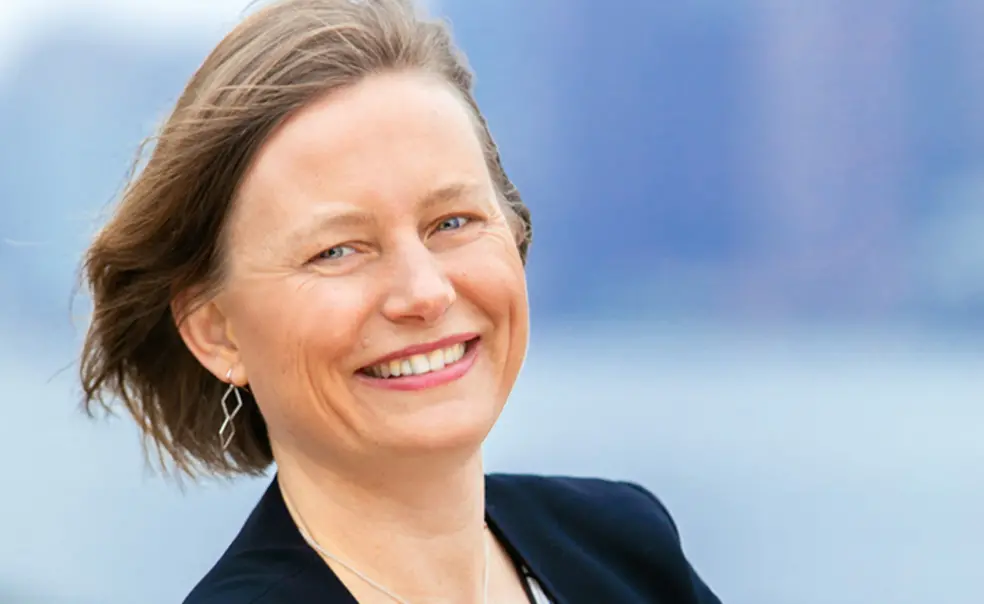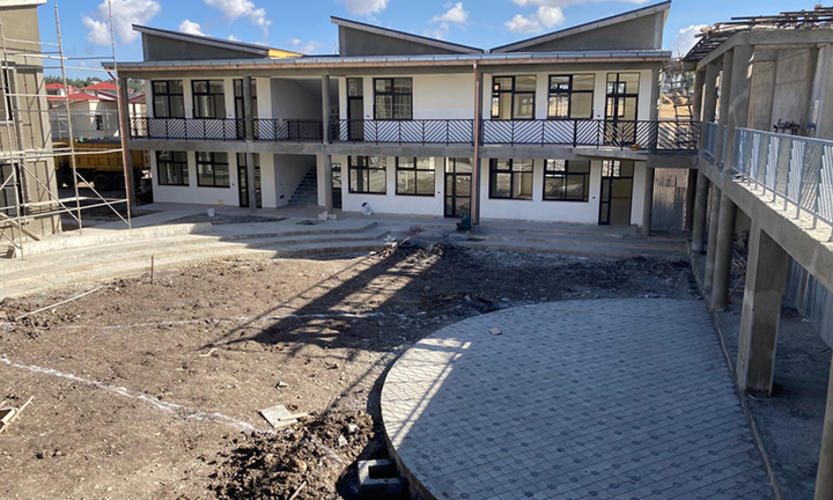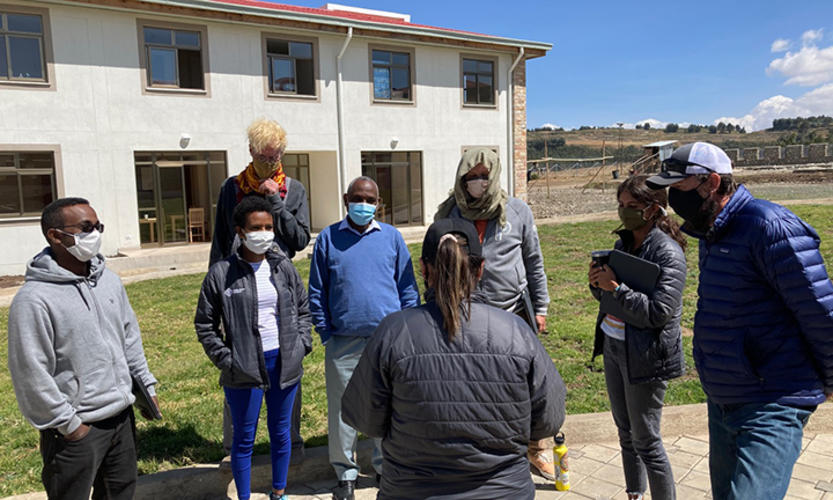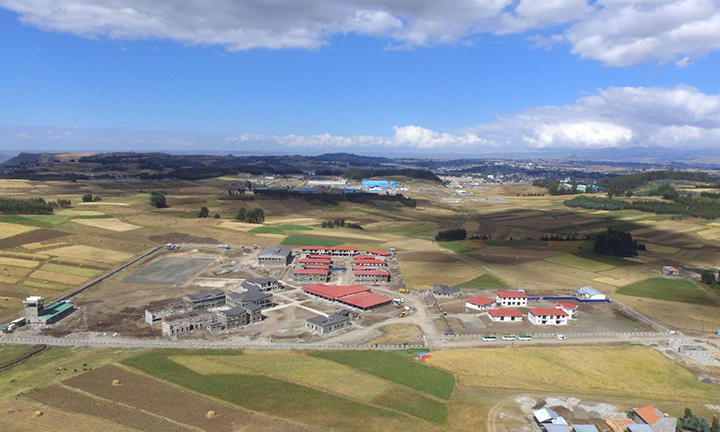Kari Ostrem ’97 Is Opening a Boarding School in Ethiopia
‘You focus on human dignity and finding common ground’
Last month, as ethnic cleansing claimed hundreds of lives in the Tigray region of northern Ethiopia, Kari Ostrem ’97 was 400 miles south, in the city of Debre Birhan.
A former academic dean of the Lawrenceville School and co-founder, along with Marc Sternberg ’95, of the Bronx Lab School, Ostrem moved to Ethiopia last year to become founding head of Haile-Manas Academy (HMA), a new secondary boarding school in the center of the country. The recent conflict, she says, underscored the need for a school that promotes diversity and inclusion. No other secondary school in Ethiopia draws students from different regional states, which are divided along ethnolinguistic lines — yet HMA will recruit from all 10.
“Kids accept and appreciate diversity and then learn to live together,” said Ostrem. “You focus on human dignity and finding common ground.”
The school was founded by Rebecca Haile, a former Ethiopian refugee who was 11 when her family fled to the U.S. in 1976. Her father had been shot and then exiled during the Ethiopian Civil War. Upon returning several years ago, Haile saw a need for better and more inclusive educational opportunities.
“Division along linguistic and ethnic lines is a problem for Ethiopia,” said Haile. She wants students to learn how to address differences in small groups, so they can use those skills later as leaders.
Haile and Ostrem are also focused on creating economic opportunity. The median age in Ethiopia — the second most populous country in Africa, with 115 million residents — is 18. Over the next few years, tens of millions of young Ethiopians will enter the workforce.
“The age group from about 13 to 21 is really unsettled,” said Ostrem. “They haven’t had an education that leads them to start a multinational company or even an Ethiopian company. Where are the jobs going to come from?”With foreign investments pouring into Ethiopia, Haile and her husband, Jean Manas ’87, founded HMA in hopes of preparing leaders who can design Ethiopian solutions to Ethiopian problems. Unlike the country’s international schools, which tend to cater to the children of diplomats and elites, HMA will offer need-blind admissions and invite all students with top marks in government schools to take its placement test. Ostrem plans to select for civic-minded applicants and nurture community engagement through outreach programs. She will not accept applications from international students or Ethiopian diaspora.
“I really think that this will be a school where students want to stay in Ethiopia, and to look around and say, ‘What can we do to make this world a better place?’” says Ostrem. “Everything we teach is about looking around and saying, ‘That could be better, and I can make it better. So let’s do it!’”
At the core of the academy’s mission is human-centered problem solving, an approach Ostrem learned in her first engineering course at Princeton. She anticipated solving engineering problems with purely objective solutions. Instead, her professor, the late David P. Billington ’50, taught her to first understand human context. Only after considering social, economic, and aesthetic constraints should she begin the design process.
“The right answer isn’t [just] that the bridge stands up,” Ostrem recalls Billington explaining on the first day. “It’s that you have designed your structure for the context that each particular situation presents. After all, everything you design is for people.”
As a newcomer to Ethiopia, Ostrem is determined to partner with locals at every level of the school’s administration. She also plans to include students in making decisions about everything from the school’s curriculum to its physical structures. For example, the first cohort of 9th graders will design the school playground in physics class.
“It’s about listening more than speaking, which teaching should be anyway,” said Ostrem. “Rather than saying, ‘This is what history education looks like,’ we take cues from what’s working well here.”Ostrem had planned to welcome the first class of 100 9th graders to campus this fall, but the pandemic stymied recruitment and testing, the dearth of internet throughout much of Ethiopia precluded online classes, and the conflict in Tigray further delayed the start of school. Now, Haile-Manas plans to welcome 38 students on Dec. 13. Despite the abbreviated curriculum and the small class size, Ostrem sees new opportunities to include incoming students in designing the school.
“The decisions they make become HMA for the future,” she says. “I’m really excited. Our faculty is really excited.”















No responses yet